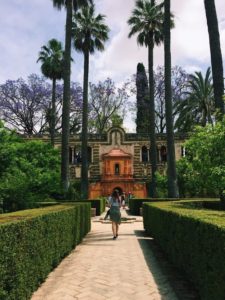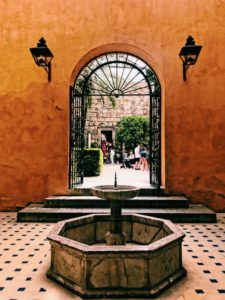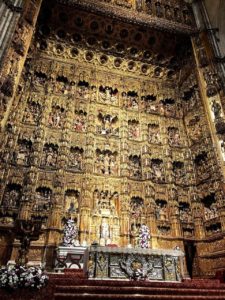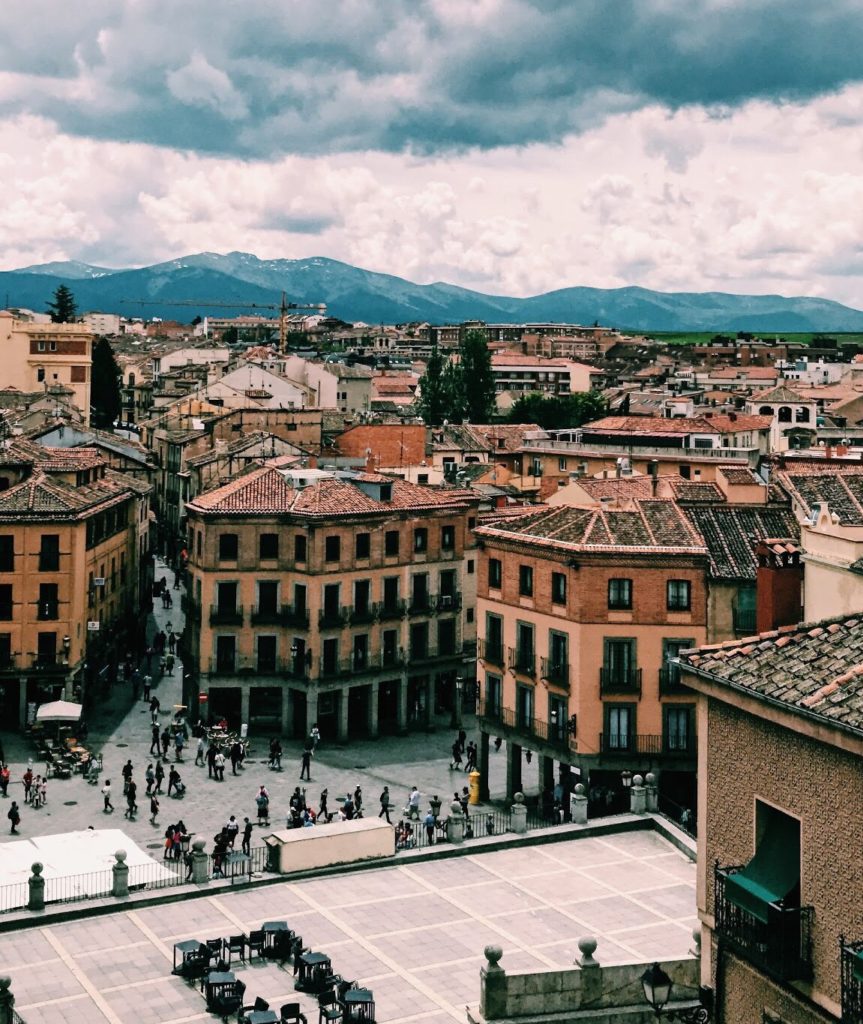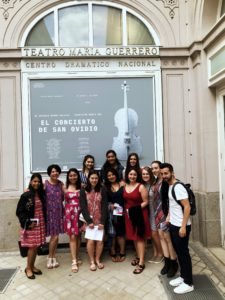
The first thing we saw as we walked through the train station in Salamanca was a sign that read “Salamanca Madre de las Ciencias” which translates to “Salamanca mother of the sciences.” We assume it is referring to the University of Salamanca, which was one of the most important aspects of our time in this city. In addition, Salamanca is called the “golden city” because the tan colors that are seen on most buildings are reflected gold in the light. After a thirty-minute walk, through Plaza Mayor, which people call the “best plaza in all of Salamanca,” we arrived at our hotel, and for the first time, our rooms were ready. When we went into our triple we were very impressed by the size of the room. It even had two bathrooms! We then proceeded to get breakfast across the street; it was the cheapest we have had yet (5€ for coffee and quiche).

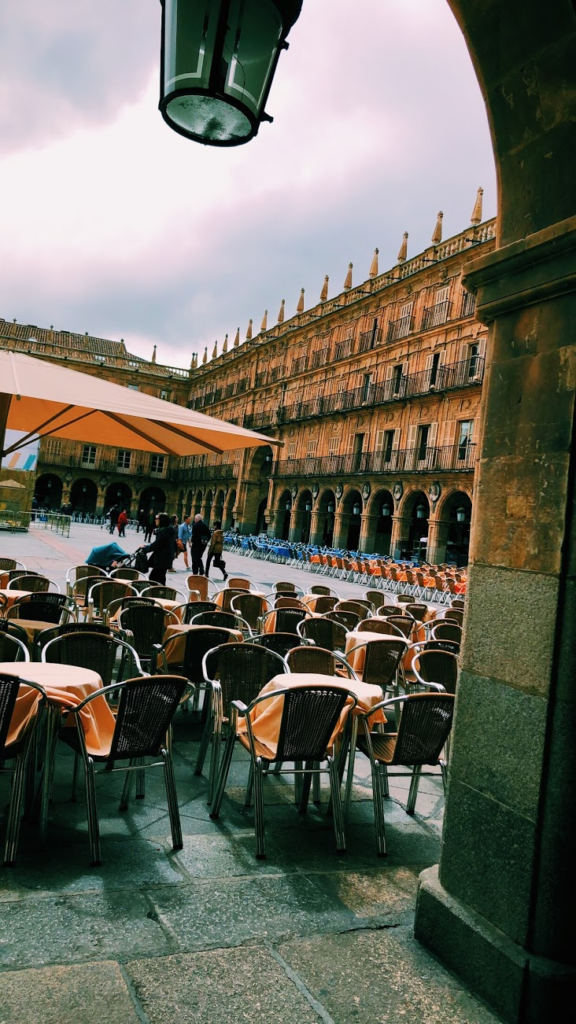
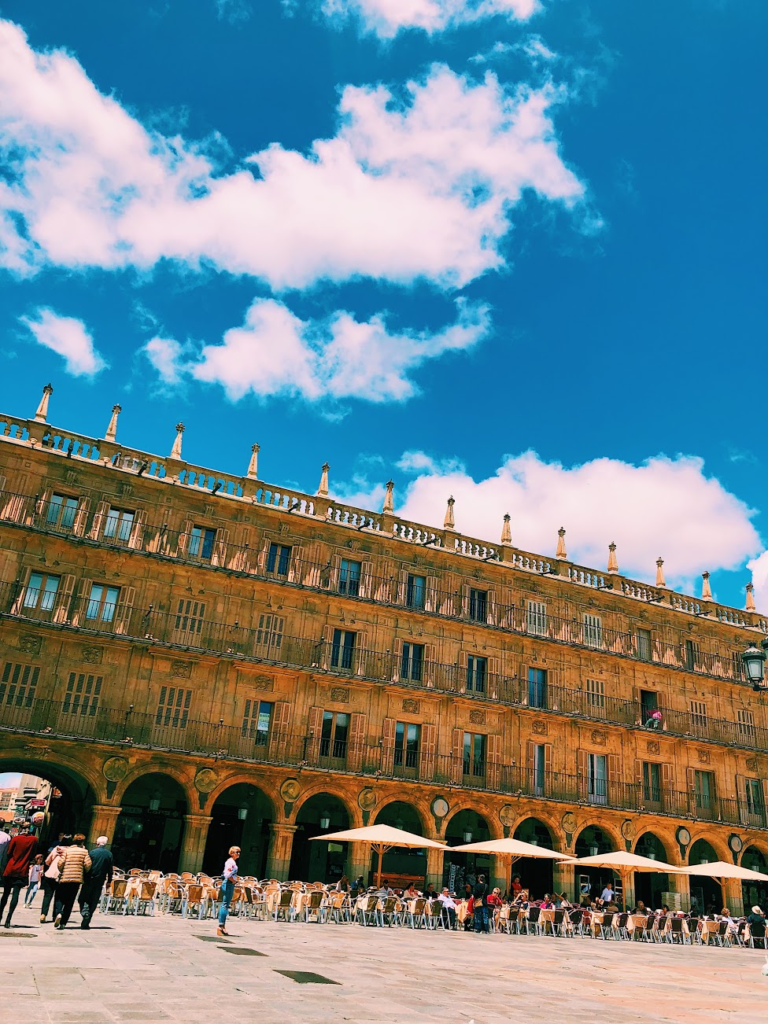
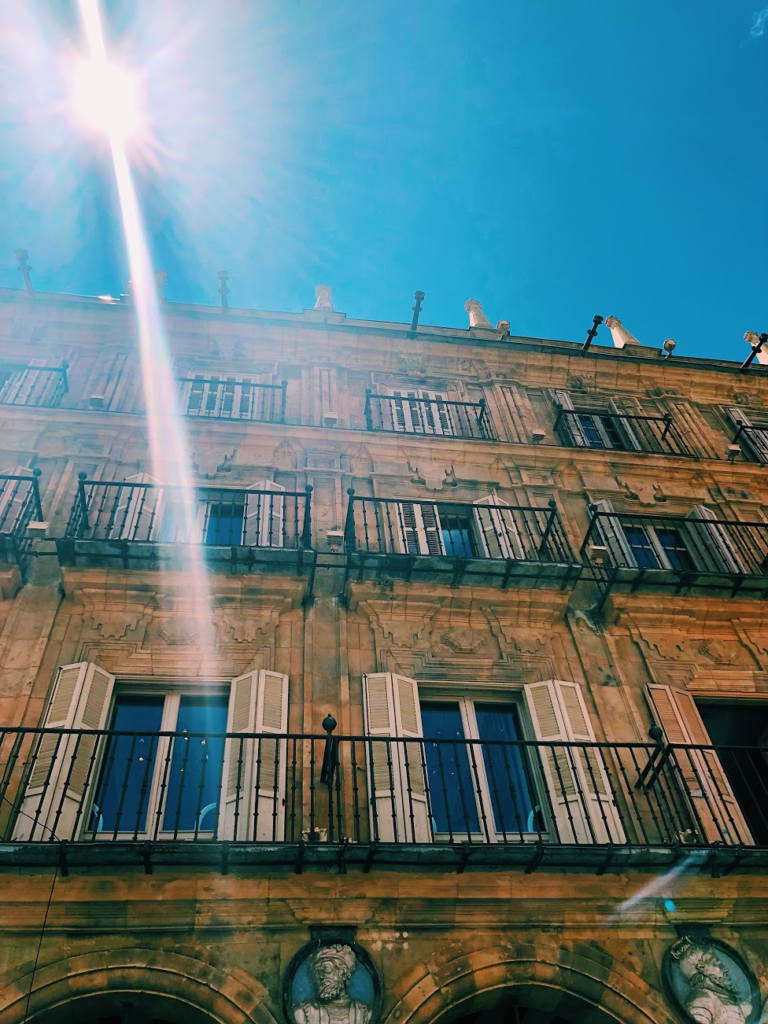
The most important part of Salamanca, as was mentioned, is the University of Salamanca (see picture). This university is the oldest in all of Spain. In 202 days the university will be 800 years old! There is a big countdown clock in the middle of the town square. Imagine the celebrations they will have when the university celebrates its 800th birthday!
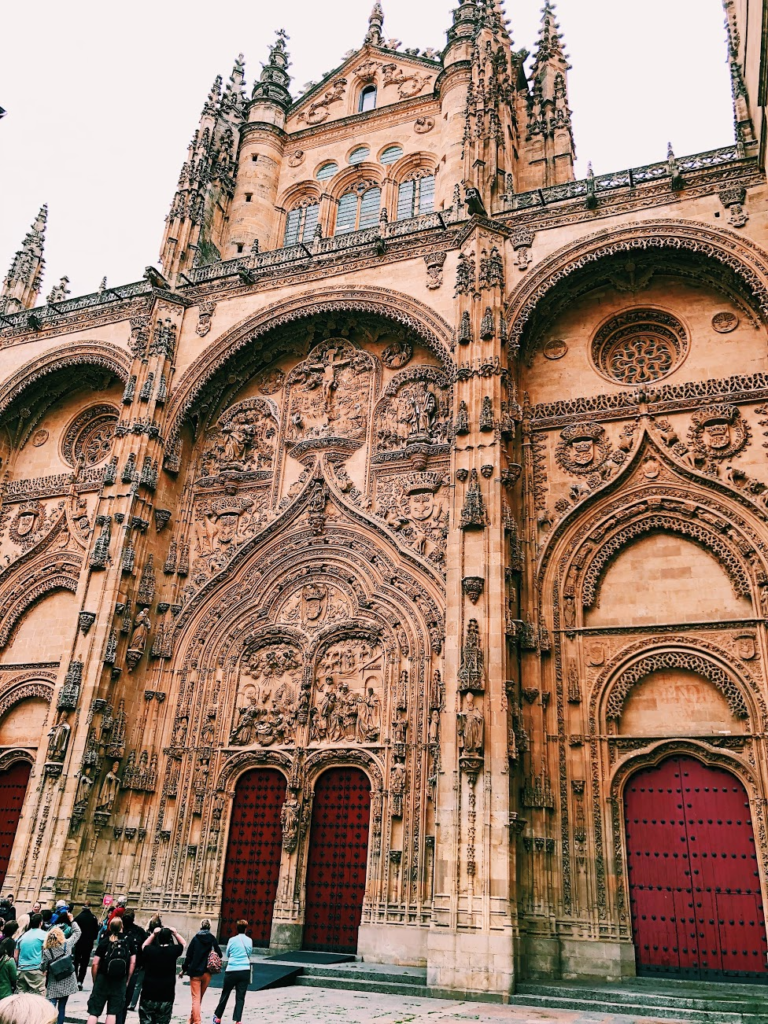
We had an interesting experience at El Colegio de Anaya. We not only found beautiful architecture yet again, but also found secret passages and strange symbols on the walls. This was all new and exciting to us. But then as we ventured further we discovered the offices of the professors, classrooms, and even dorms. In that moment we realized that this university it is just like our home at Holy Cross except with a little more antiquated architecture.
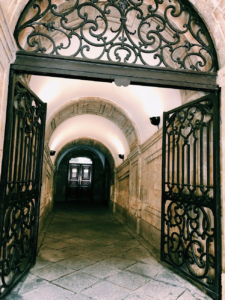
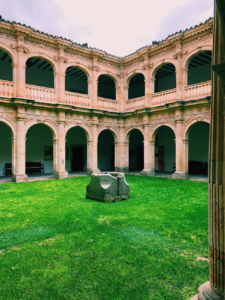
The architecture of the entire city is amazing but we were particularly impressed with the architecture specific to Salamanca. One of the libraries of the university used to be a house called “La casa de las conchas” and it has physical shells incorporated into the outside wall of the building (See pictures). It is now a library. This is “estilo Isabelino”, a gothic style that is a very typical style of Salamanca. Although the views were amazing, it was the patterns and detail on the buildings that struck us most. There were many interior patios filled with gardens and nature, even in the university itself! It reminded us of a fancier version of the Hoval so of course we had to stop and smell the roses (see picture).
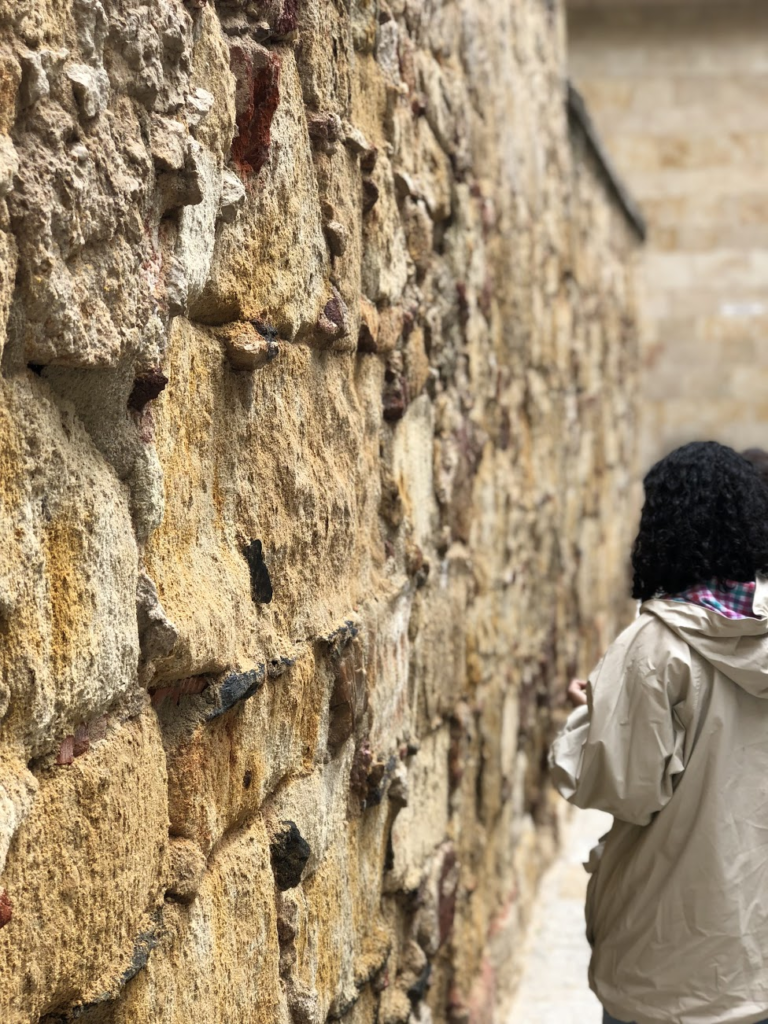
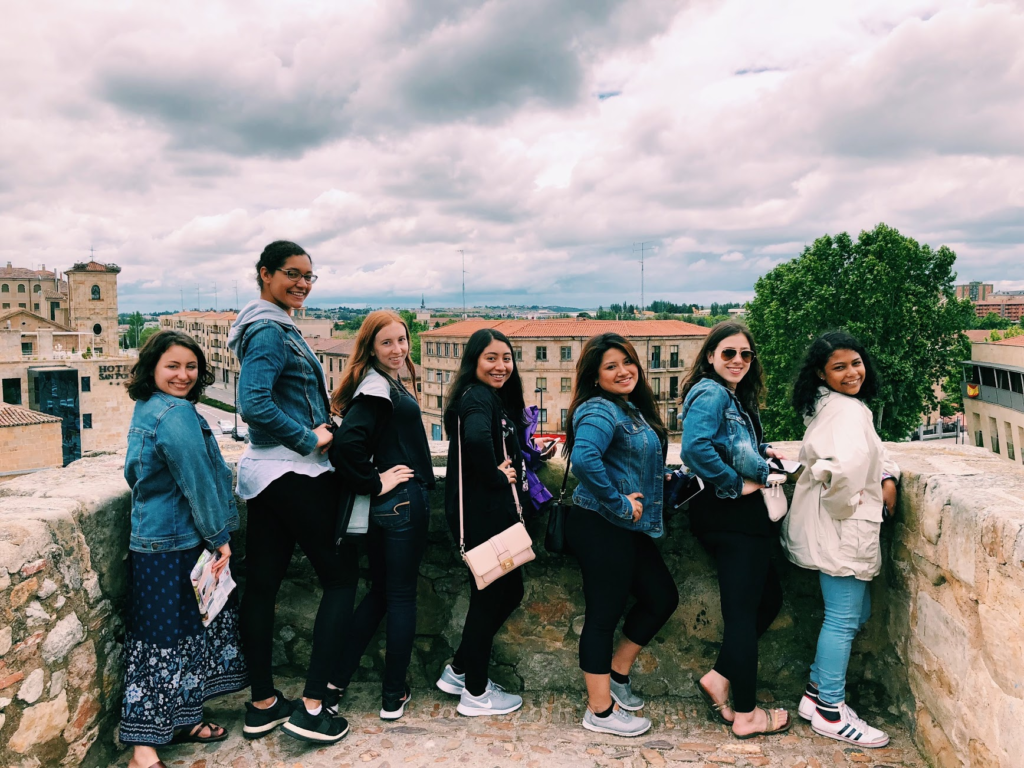
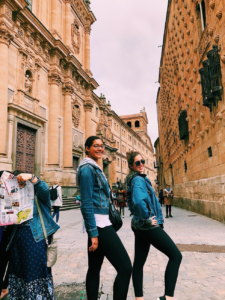
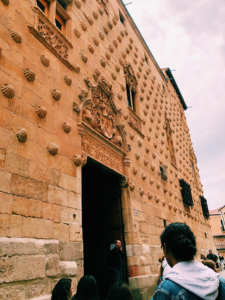
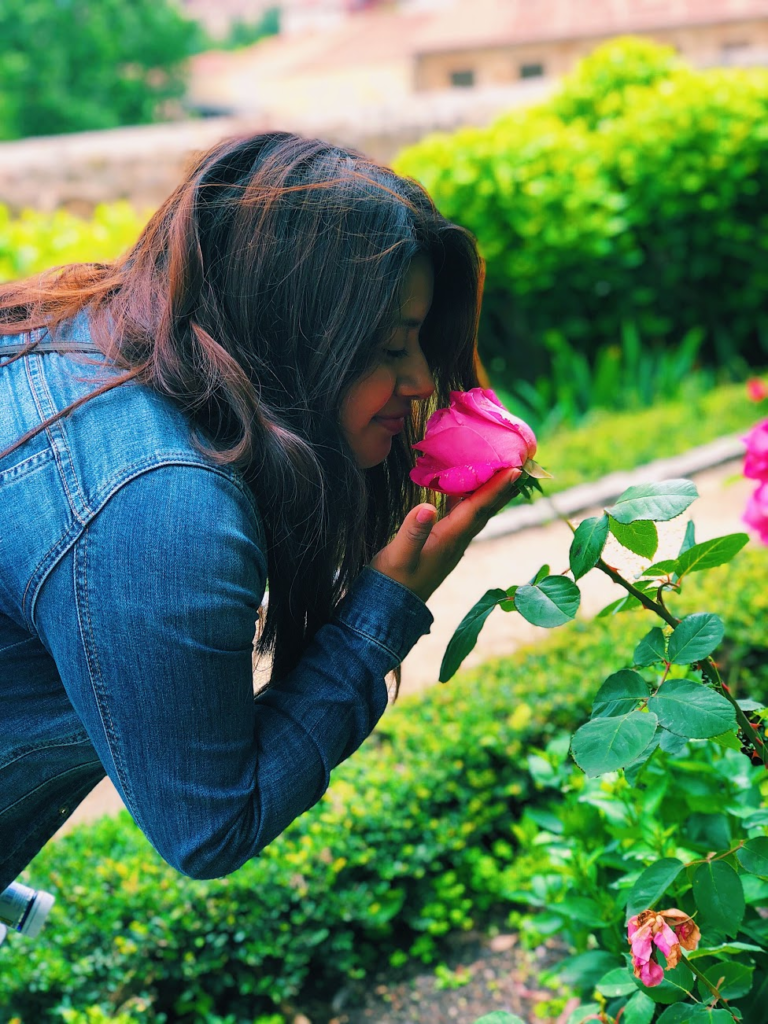
Another important element to the city of Salamanca is “la Rana” or the frog. So of course, we have a little game for you! Can you find the frog on this detailed wall (see picture)? We will give you a second…


Did you find it? If you spotted the frog, legend has it that you will get good grades next semester! Good job! The architect included it as a joke (una broma). What a good joke huh? It took us a very long time to find it but we finally succeeded!
Later in the day we found a park full of workout machines. We had quite a fun time 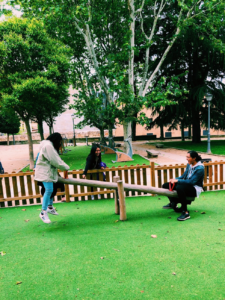 experimenting with the different types of equipment. It was different than anything we were used to! We were thinking of coming to exercise here later. It was a beautiful setting.
experimenting with the different types of equipment. It was different than anything we were used to! We were thinking of coming to exercise here later. It was a beautiful setting.
Coincidentally, we were in Salamanca on the day of a major festival of the main part of Salamanca that occurs every year on June 12. On the night of the June 11, there was a spectacular fireworks show at “Puente de Roma” or the Roman bridge. The entire town showed up! We were lost in the sea of the crowd but the show was well worth it. (see pic of crowd and fireworks etc). The fireworks weren’t the only beautiful view. The view of the city was also amazing from our watching spot. We were on top of the world. The next day, the festivities continued with parades of song and dance through the main Plaza Mayor. The costumes and music were mesmerizing (videos/pics). The festival celebrates the city as a whole but they coincidentally placed it on the day of their patron saint, San Juan de Sahagun.



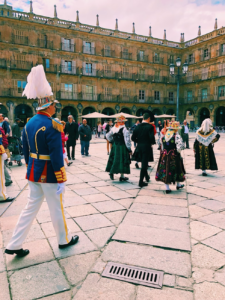
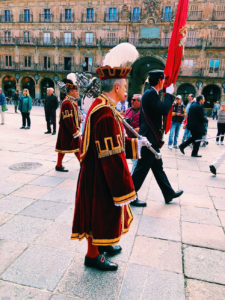
As part of the festival, the annual tapa (small appetizer) contest going on in the city. Each of the participating restaurants –35 in total– sold their tapa of choice for 1.50€ and people could vote for the best one. Profe Lokos and Profe Juan really enjoyed going around trying out the different tapas. A popular/traditional food choice in Salamanca is the chorizo tapa although we did not try it out.
It just so happened that we were in Salamanca on the same day we were to watch “La Cueva de Salamanca.” This so called cave is the home of many legends set in the same place as the play (more than 90 stories surrounding this cave exist). We got the opportunity to see were all these stories are set, and even hear a few of them. As part of the festival, an actor was retelling different legends of the cave every 30 minutes. He started up by telling the audience of around 25 people that the Cave of Salamanca is not really a cave. It a crypt linked to an old church through a narrow set of stairs.
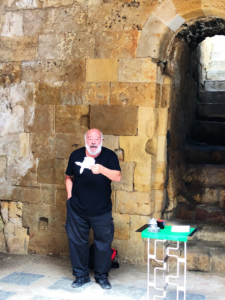
With that said, the man told us the legend of men who studied witchcraft in the cave and were taught by the devil himself. He shared the intricacies of different versions and made metaphors using magic tricks. It was cool to learn about the origins of myths of the cave.
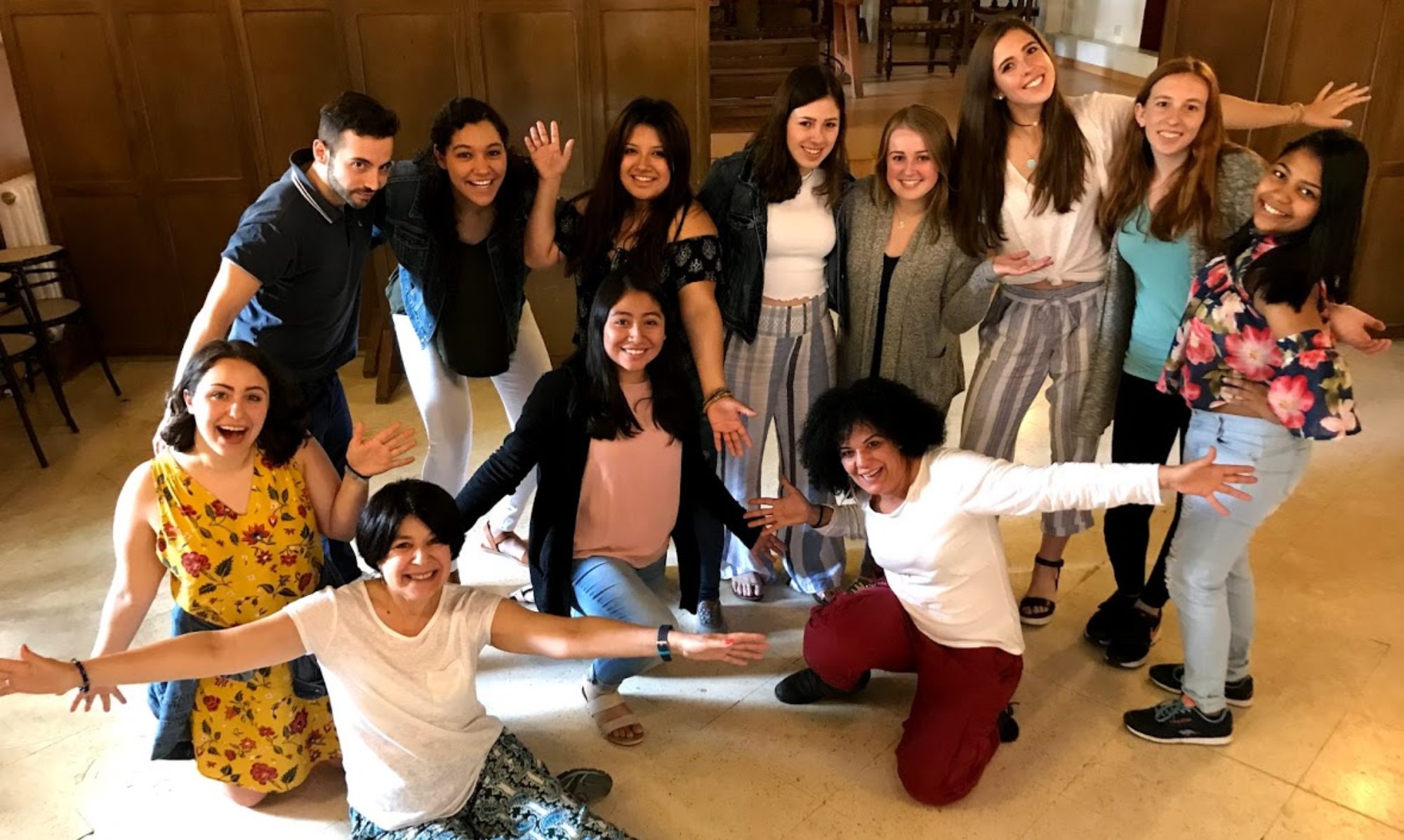

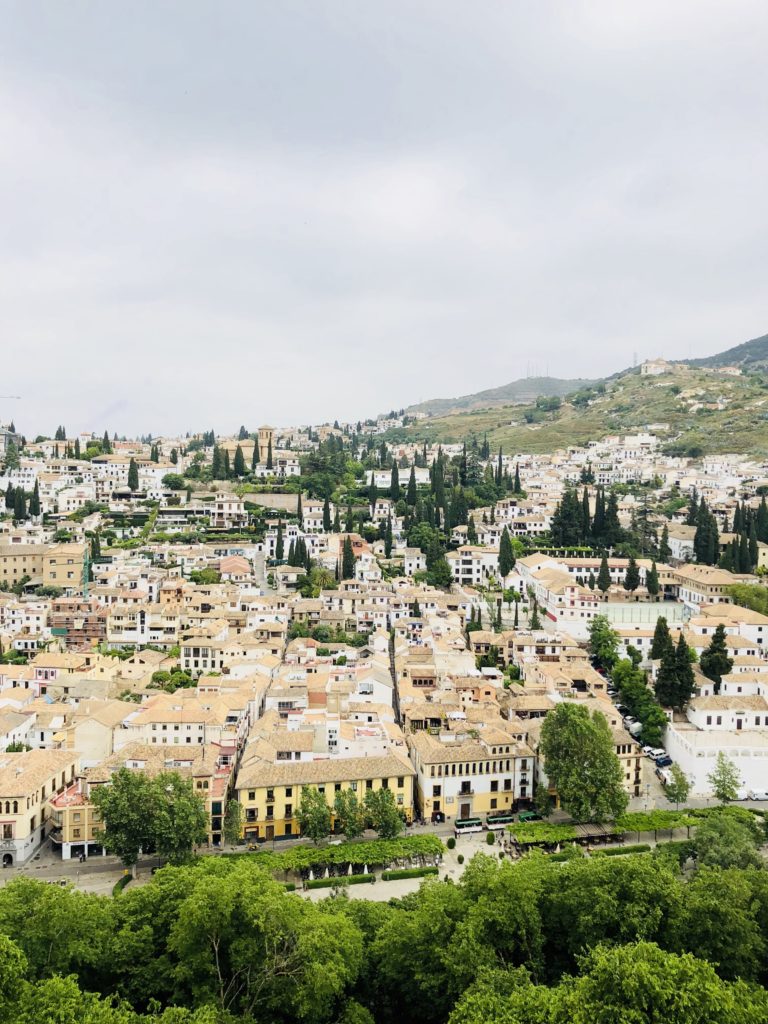
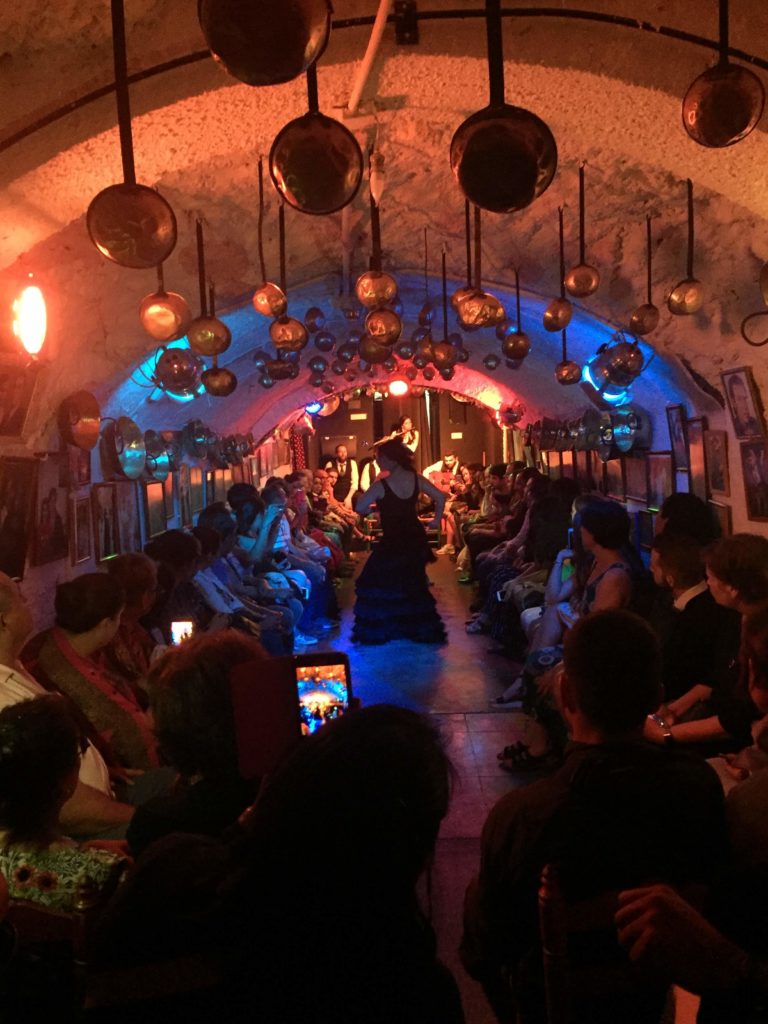
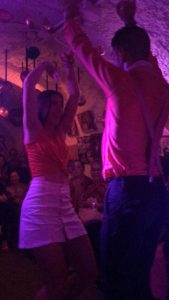

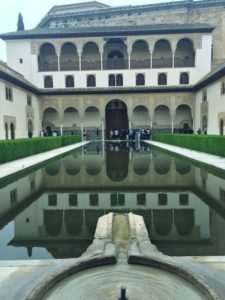
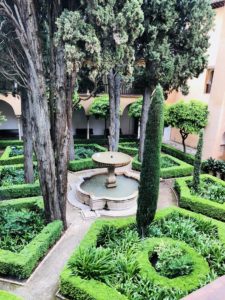
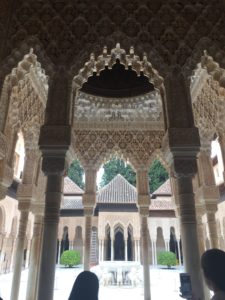
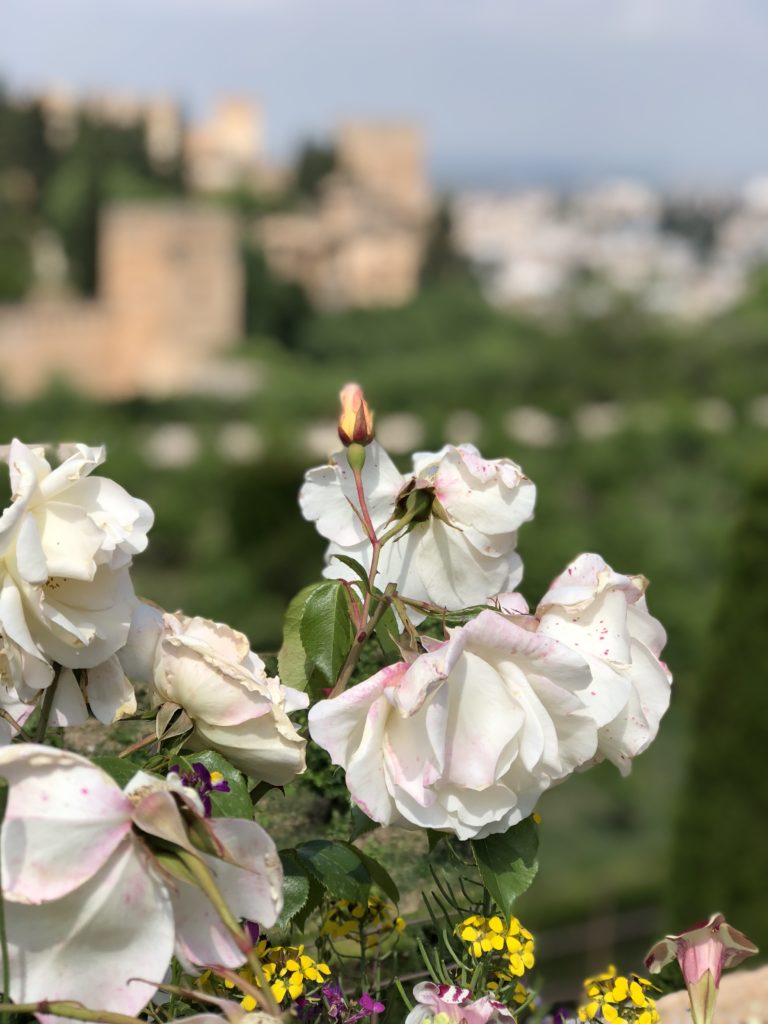
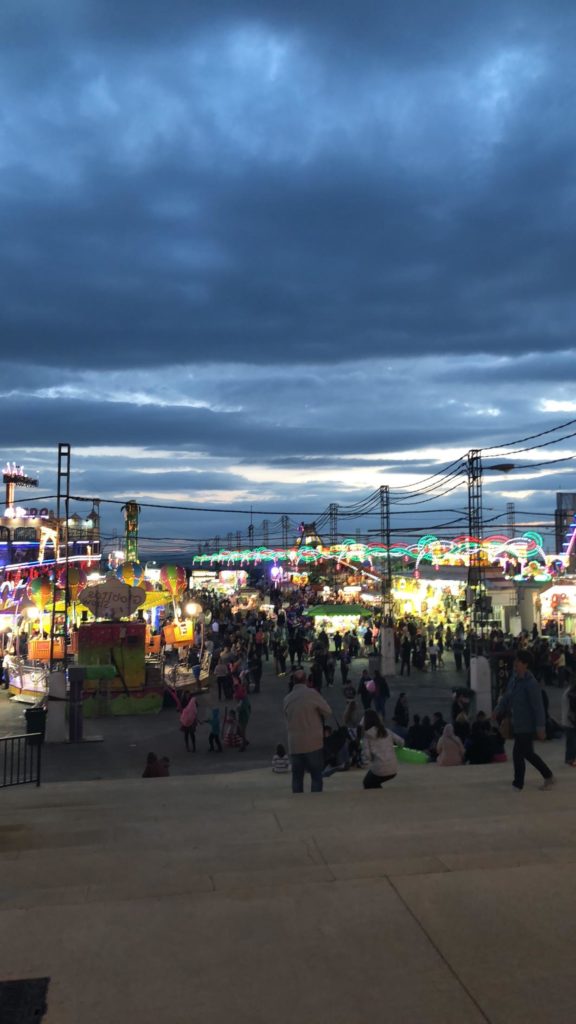
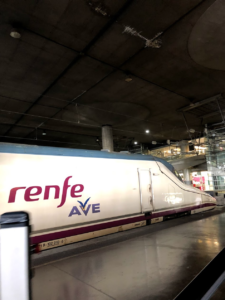
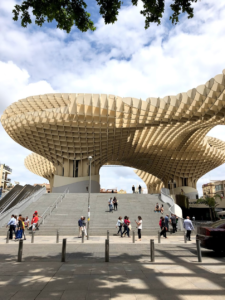
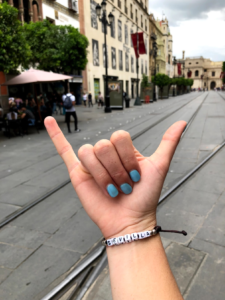 for a future trip back to Seville. We continued exploring the city, attentively looking for a place to have lunch. As we entered our second week in Spain, many of us were missing food from home, although Spanish food is always exquisite. Luckily, we came across L’Oca Guiliva, an Italian restaurant, where we had massive amounts of pasta and other delicious plates. It was great to reminisce something from back home, but we were ready to continue enjoying the Spanish
for a future trip back to Seville. We continued exploring the city, attentively looking for a place to have lunch. As we entered our second week in Spain, many of us were missing food from home, although Spanish food is always exquisite. Luckily, we came across L’Oca Guiliva, an Italian restaurant, where we had massive amounts of pasta and other delicious plates. It was great to reminisce something from back home, but we were ready to continue enjoying the Spanish 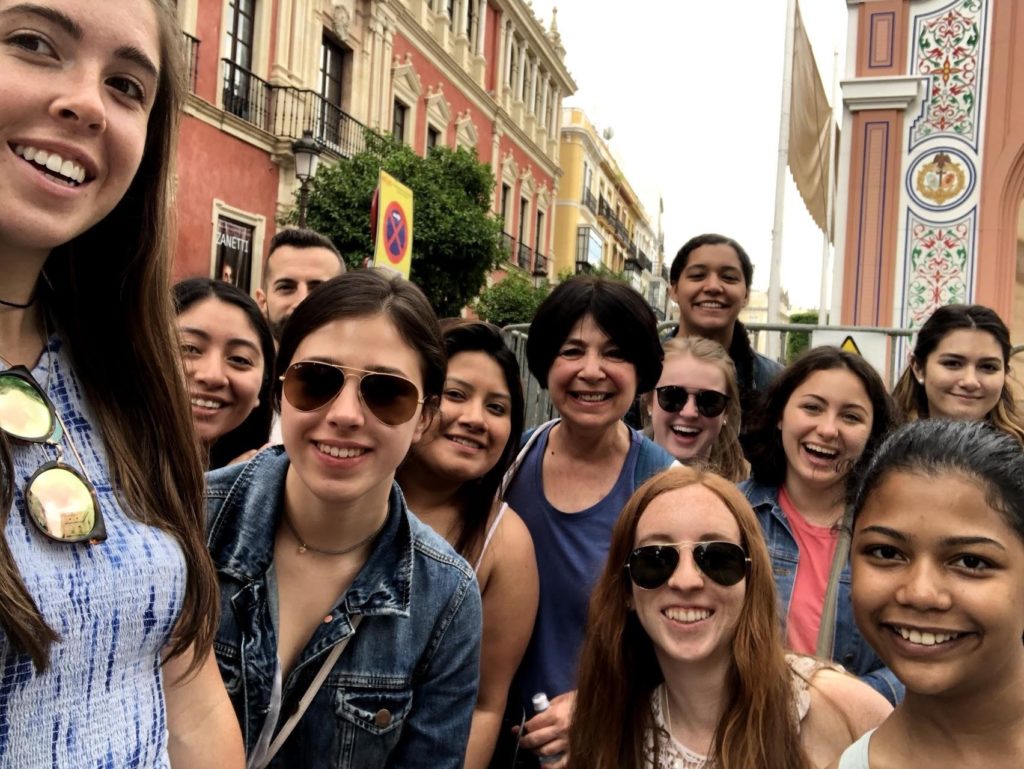




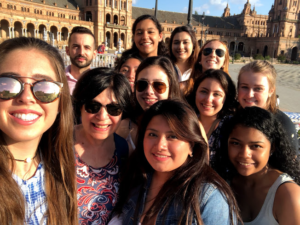 three friends, one of whom buys a white painting for an exorbitant amount of money. Their ensuing taunts, laughter, and commiserations show how one small event can be used to explore and provoke the essence of human relationships. While, as audience members, we shared that emotional journey with the characters, we were all enchanted and delighted by the frequency of our laughter, and so
three friends, one of whom buys a white painting for an exorbitant amount of money. Their ensuing taunts, laughter, and commiserations show how one small event can be used to explore and provoke the essence of human relationships. While, as audience members, we shared that emotional journey with the characters, we were all enchanted and delighted by the frequency of our laughter, and so 